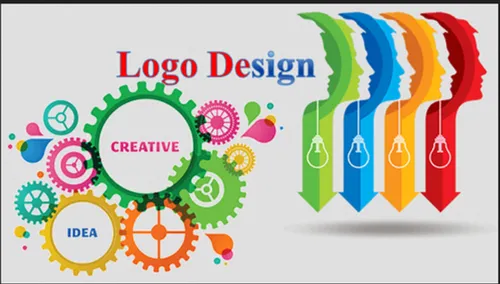Logo Design
Designing a logo is a crucial part of branding and establishing a visual identity for a business, organization, or individual.
Understand the Brand:
- Begin by understanding the brand’s values, mission, and target audience. What message does the logo need to convey? What emotions or associations should it evoke?
Research and Inspiration:
- Research the industry, competitors, and design trends to gather inspiration. Look for unique concepts and ideas that can set your logo apart.
Concept Development:
- Brainstorm and sketch ideas for your logo. Start with rough concepts and gradually refine them. Consider both text-based (wordmark) and symbol-based (icon or emblem) logo options.
Simplicity:
- Keep the design simple and avoid complexity. A simple logo is more memorable and versatile. Complex designs can be challenging to reproduce in various formats and sizes.
Scalability:
- Ensure that your logo looks good and is recognizable at various sizes, from small icons to large banners. Test it in both digital and print formats.
Typography:
- Choose appropriate fonts for text elements in your logo. Make sure the typography complements the overall design and is easy to read.
Color:
- Select a color scheme that aligns with the brand’s identity. Consider the psychological impact of colors and choose them accordingly. Ensure the logo works in both color and black and white.
Balance and Proportion:
- Maintain visual balance and proportion in your logo. Ensure that all elements are well-arranged and harmonious.
Originality:
- Avoid using clip art or plagiarizing other logos. A unique and original design is essential for brand recognition and legal reasons.
Versatility:
- Create versions of your logo that work in various situations, such as on light and dark backgrounds. Design a monochrome version for situations where color printing is limited.
Adaptability:
- Think about how the logo will appear on different marketing materials, from business cards to billboards. Ensure it adapts well to various mediums.
Testimonials:
- Get feedback from a diverse group of people, including those from your target audience. Their opinions can help refine your design.
Iteration:
- Be prepared to iterate on your design. It’s common for a logo to go through multiple versions before you find the perfect one.
Professional Software:
- Use professional graphic design software like Adobe Illustrator or CorelDRAW for creating the logo. These tools allow for scalability and provide a range of features for precise design.
Copyright and Trademark:
- Ensure that your logo design doesn’t infringe on existing trademarks or copyrights. Consider consulting with a legal professional if you have concerns.
File Formats:
- Save your logo in various formats (e.g., AI, EPS, SVG, PNG, JPG) to ensure it’s ready for use in different media and contexts.
Brand Guidelines:
- Develop brand guidelines that specify how the logo should be used, including clear rules about color variations, size, spacing, and positioning.
Remember that a logo is a long-term investment in your brand’s identity.

